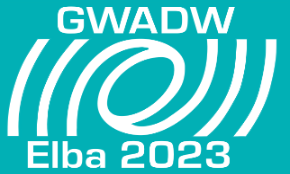Speaker
Description
For high quality optical surfaces used in gravitational wave detectors, the quantization and reduction of light scattered by localized defects is a challenge. The defects are less than a micron in size, are caused by the manufacturing process (polishing, coating, storage, assembly), and are sparsely distributed (less than one defect per 100 micrometers of diameter). In gravitational wave detectors, they must be accurately evaluated because they become a significant source of scattering and thus a cause of performance degradation.
To address this problem, the CONCEPT group at Institut Fresnel has developed a dedicated instrument called SPARSE (SPatially and Angularly Resolved Scatterometry Equipment). This instrument combines the principles of a scatterometer with an imaging system to provide spatially resolved measurements of BRDF, BTDF, and transmittance. It can resolve up to approximately 400,000 26x26 µm² micro-areas on a one-inch-diameter component. SPARSE can measure scattering levels as low as $10^{-8}sr^{-1}$ and the data processing is designed to distinguish and quantify the weight of localized defects, contamination, scratches and roughness in the scattering budget.
We will provide a detailed description of the experimental setup, the results of its metrological qualification and several examples of measurements on representative samples.

